“The possibilites of paint are never-ending” – Frank Bowling
I am definitely not an art student. At parents evening in year 9, I was told by my teacher that there was absolutely no chance that I could take the GCSE and I was NOT ashamed to agree. Yet, despite my complete lack of natural artistic talent, I am fascinated by those who do have an otherworldly ability to paint, sculpt and draw and all of their work. If I could spend every day in an art gallery gawking at masterpieces, I would. In the art world, pretty much everything grabs my attention, including old and new, and I am constantly searching for a defining meaning or explanation in a work, keen to look up the biography of the artist and their own words on their painting or sculpture to educate myself.
So, on Sunday, my dad and I planned to go to the Vincent Van Gogh exhibition at the Tate Britain. However, when we arrived at the gallery, we were immediately met with a sign that bluntly announced that it was now closed. (We really should have checked online before we left the house…) Anyway, realising our quite ridiculous folly, we were keen to see what else was on offer and stumbled across an exhibition upstairs displaying the work of a man called Frank Bowling. Even though we had never heard this name before, we were keen to discover more.
Upon entering the room, it quickly became clear that Frank Bowling was born in 1934 in Guyana and still paints every day, now at the age of 85. Throughout his artistic career, he has spent significant time working in New York and London. His work is heavily influenced by politics, race and his past and is awe-inspiring for its colourful vibrancy and beauty on the canvas. Yet, it is hugely difficult to try and sum up all of the paintings that were shown as I wandered through the different rooms. This is because Bowling’s career is defined by his focus on experimentation. He is a man whose work is led by unexpected accidents and an ambition to disclose something completely new with every painting he finishes. He has never stopped transforming. His work began as expressionistic, utilising stencils to create symbols, and he had a consistent interest in geometry. But, over time, his art became far more daring. He poured paint on to canvases to experiment with layering effects and the power of texture, even using ammonia and beeswax to achieve complex patterns and surfaces. He switched from large-scale to small-scale paintings later on to ensure a fresh challenge in his career and has even stabled different sized canvases together to attempt to do something more diverse. Now, his demand for reinvention continues further, always adding to his toolbox with a wider range of canvases, acrylic gels and odd objects. The discrepancy between his earlier paintings and his current ones is honestly quite unbelievable.
I left the exhibition not only with a new appreciation for a painter I had previously never heard of but also with a massively important recognition of the need for transformation. Bowling has only remained a famous artist because of his focus on innovation and the momentous rebellion against his own work.
Personally, it is so valuable to understand and appreciate that the reason for Bowling’s success as a painter is his relentless desire to embrace changes. At a time when my friends and I are moving away from home to go to university or taking gap years and pursuing new interests, this is such a positive lesson. Entering a new phase of my life and saying goodbye to so many friends and places has inevitably been tough, but this exhibition was evidence that change is almost always necessary, powerful and often exhilarating.
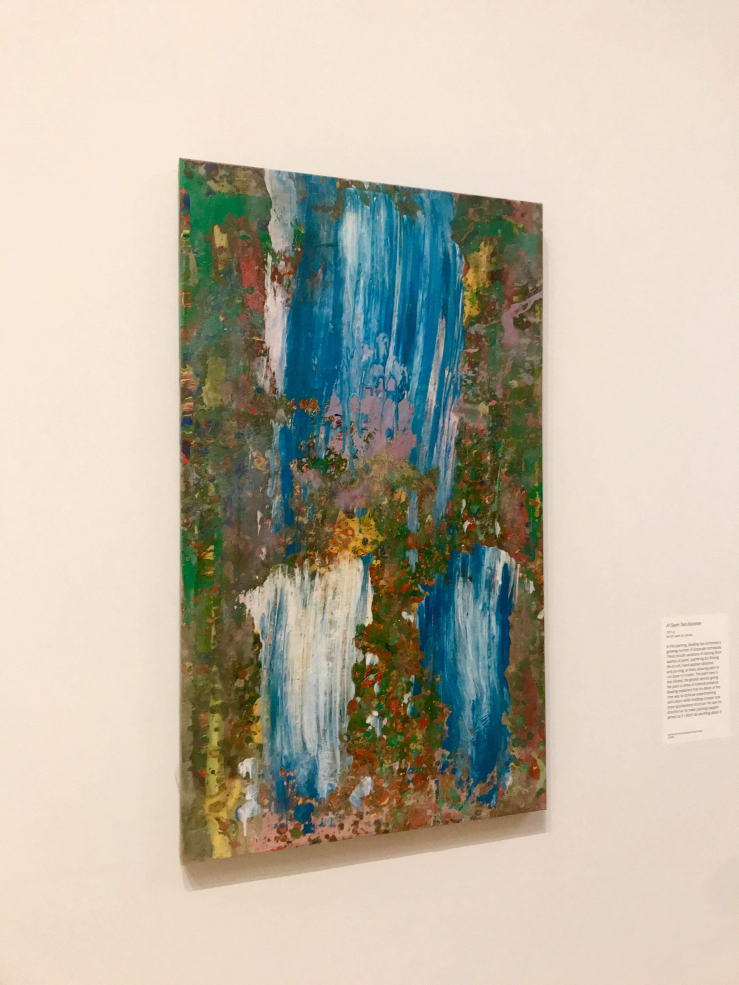
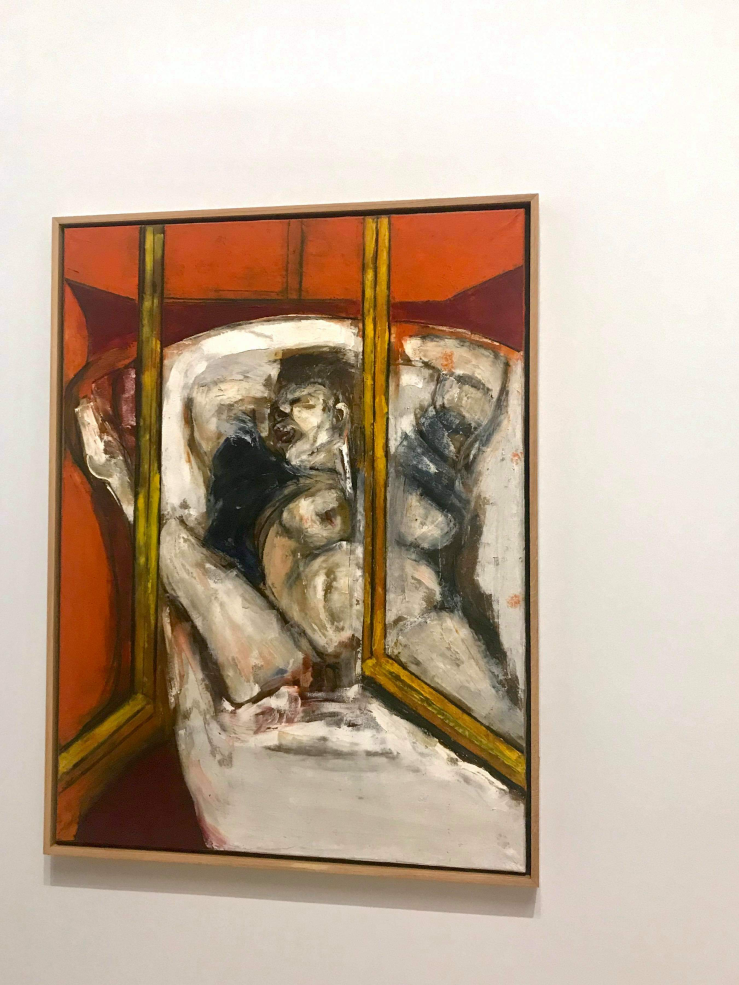
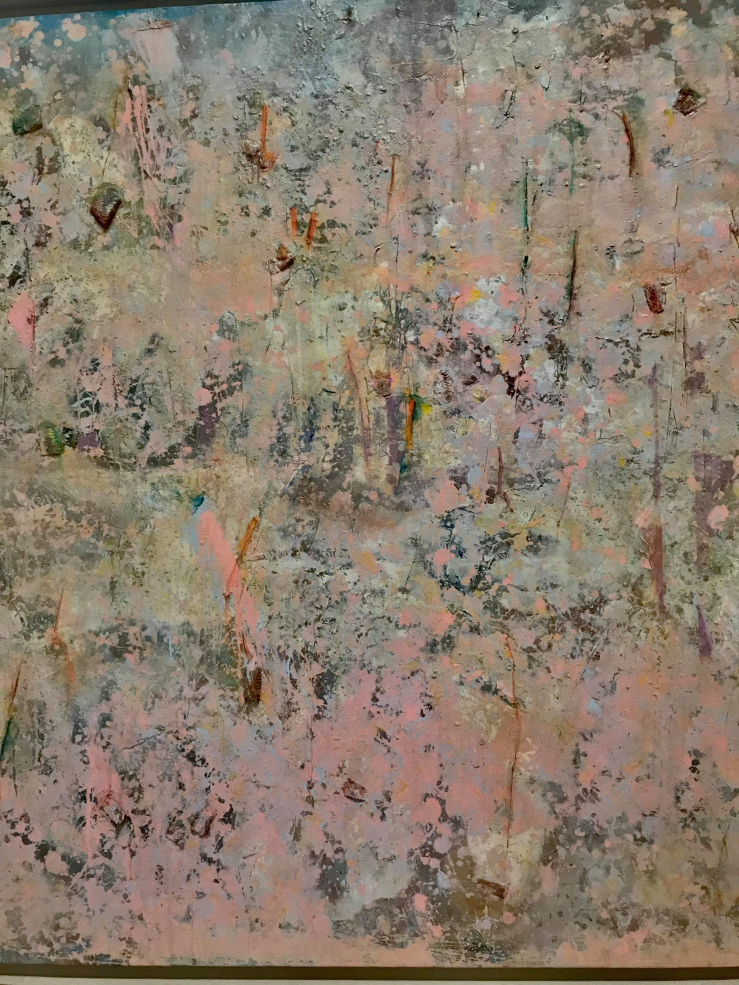
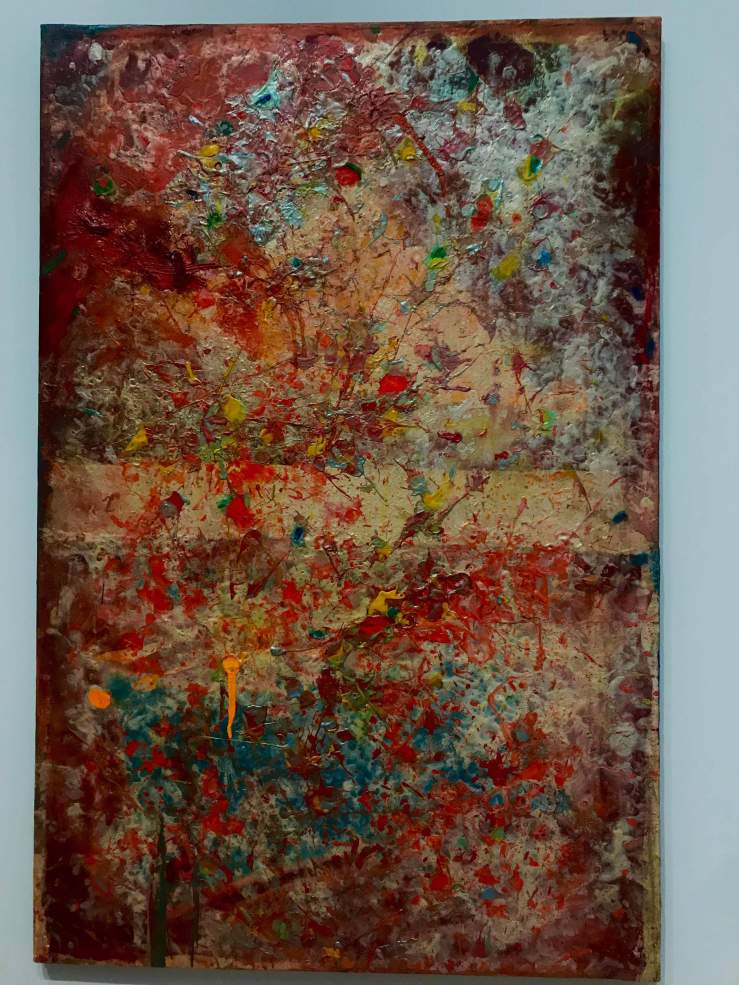

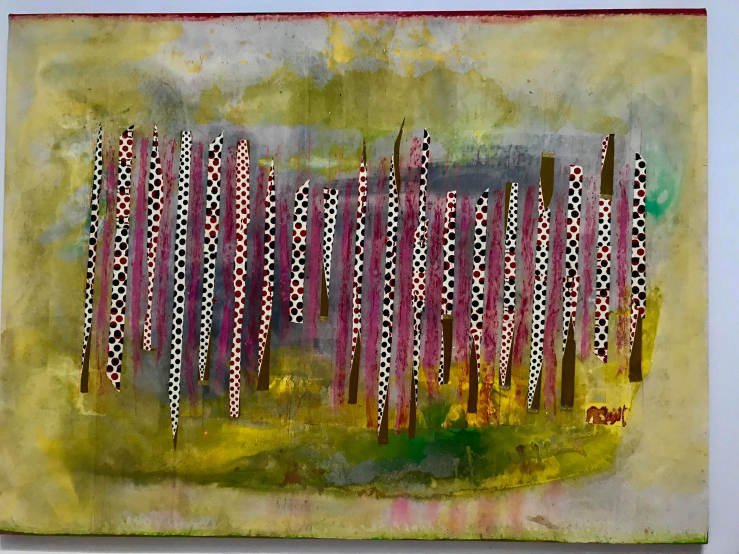
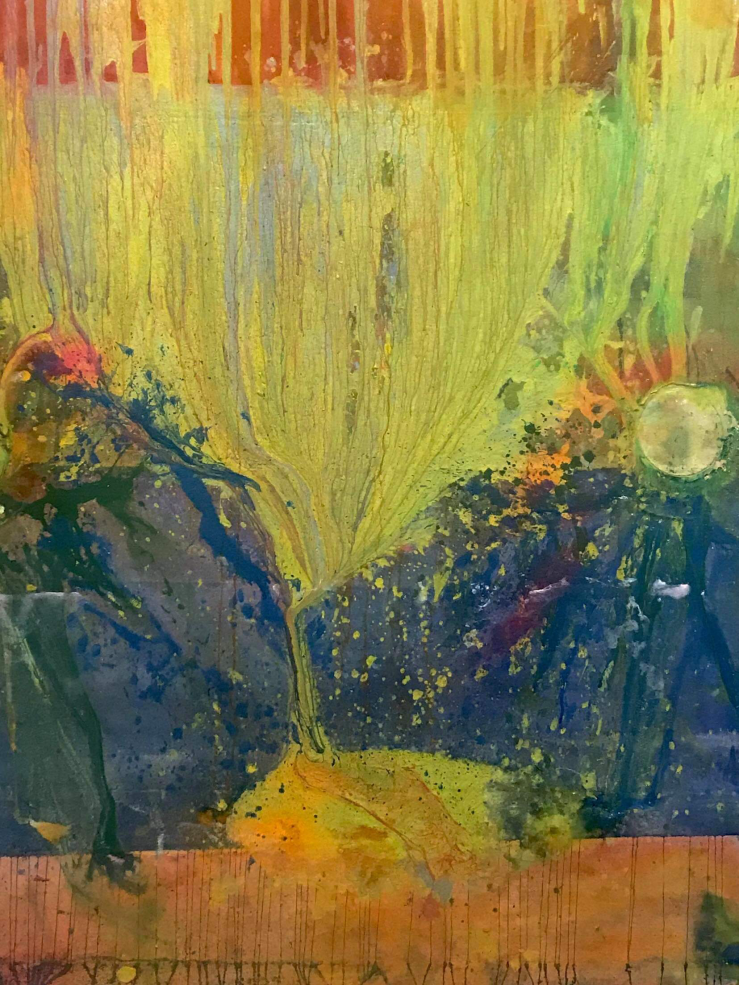
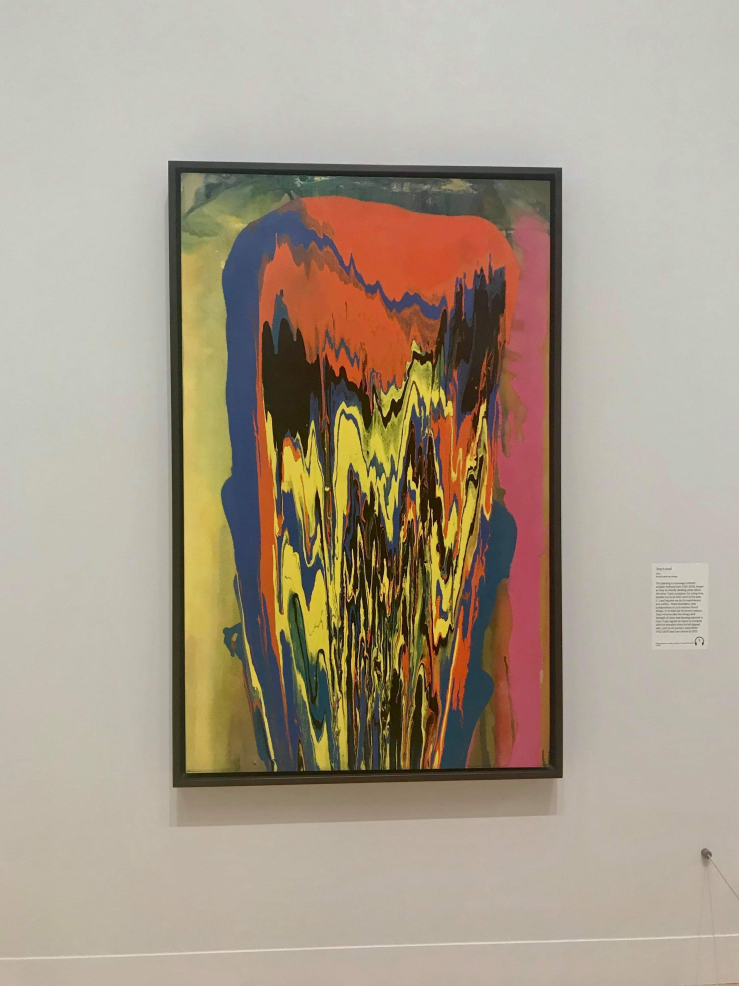


Enjoyed your interesting and informative post.
Thank you, Tash!
LikeLiked by 1 person
Thank you !!
LikeLiked by 1 person